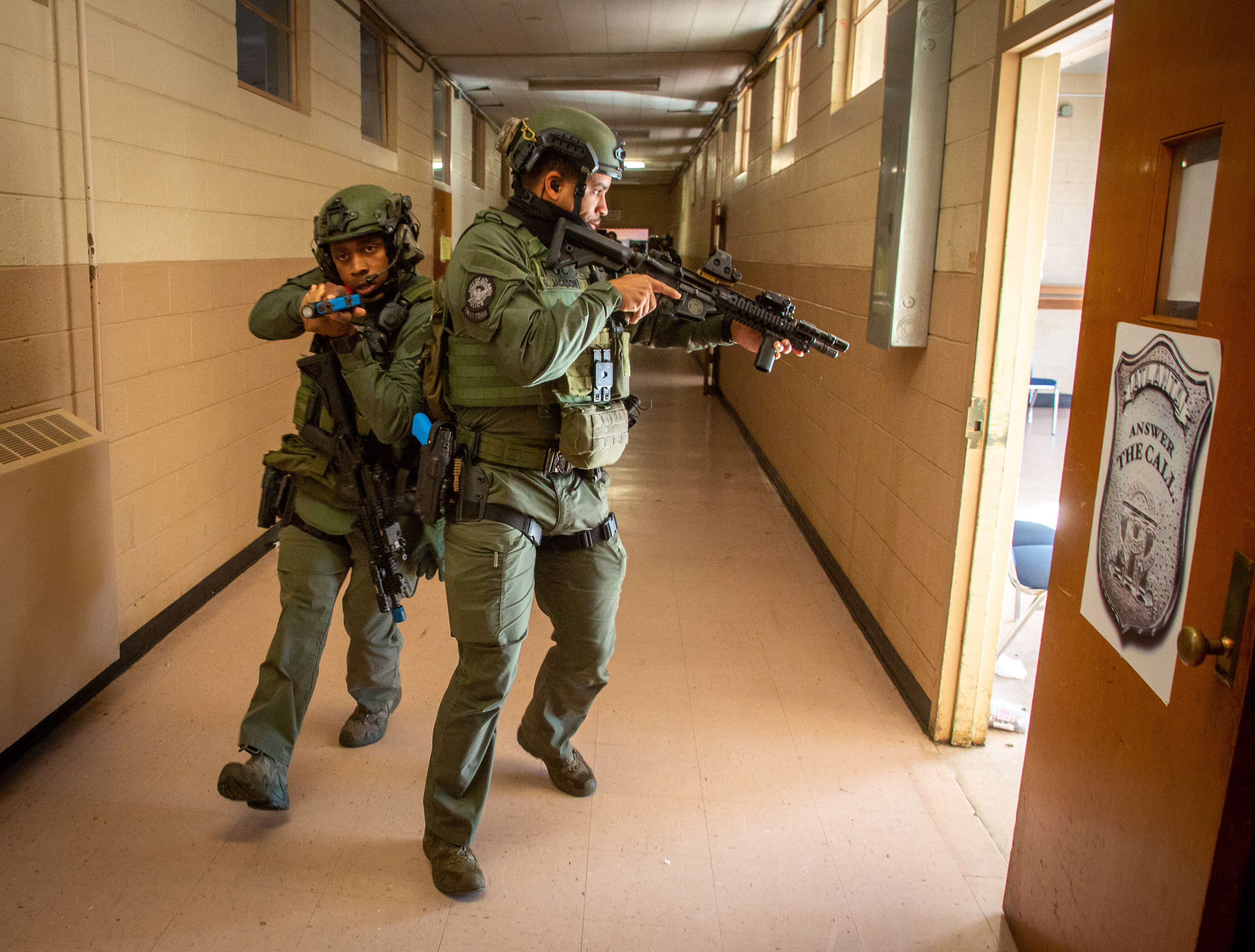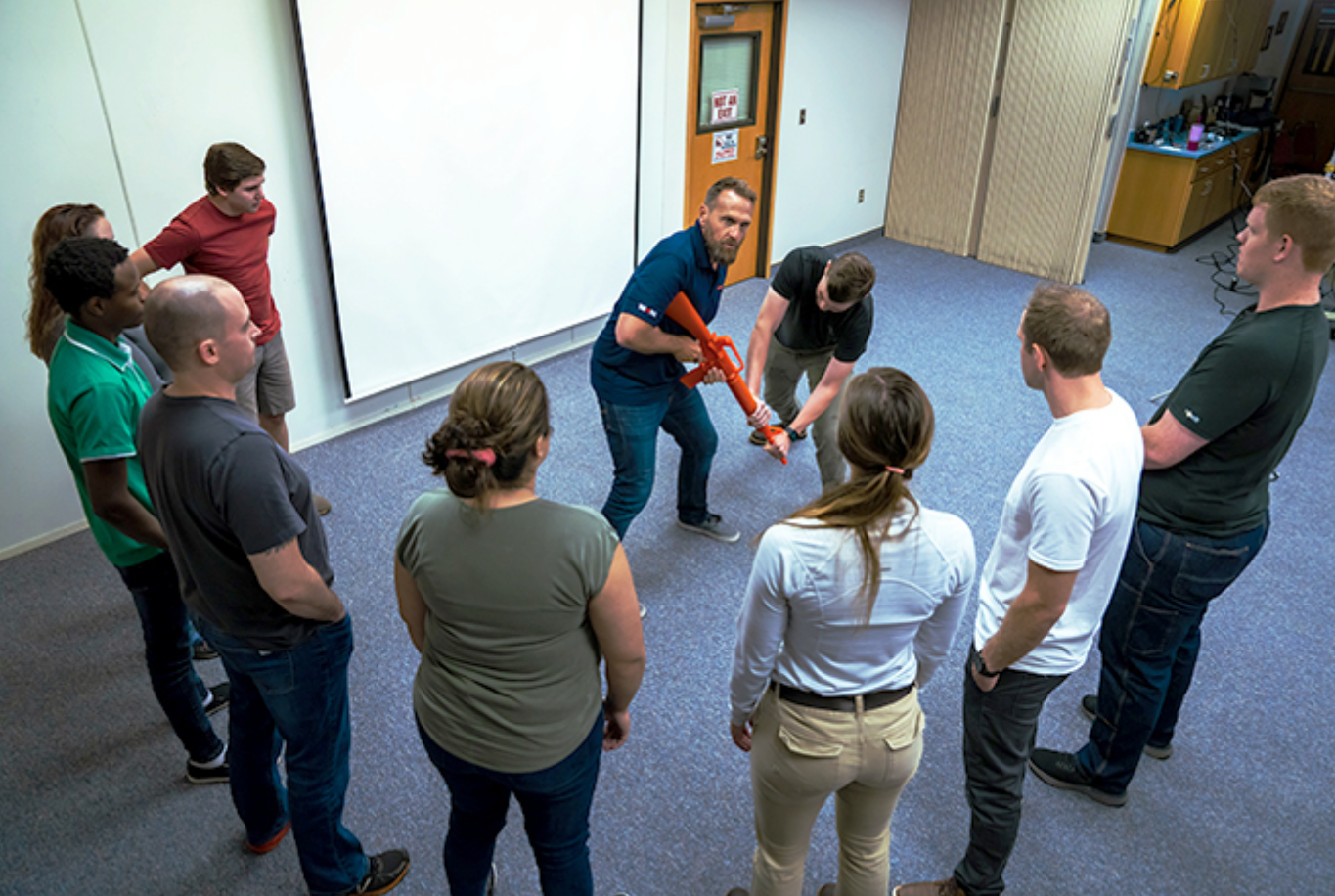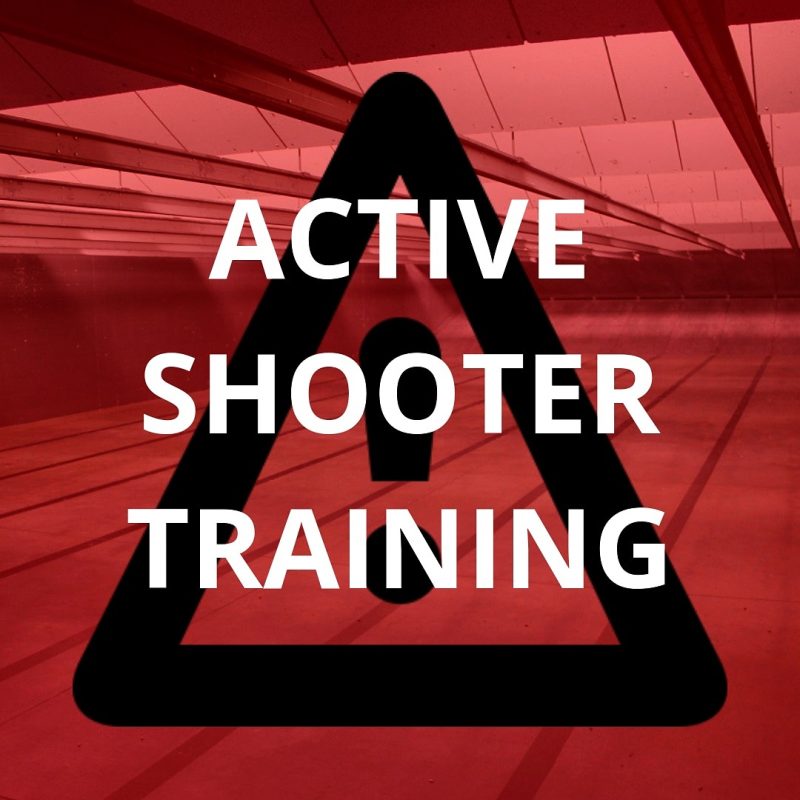Comprehensive Active Shooter Training Programs for Schools and Workplaces
Comprehensive Active Shooter Training Programs for Schools and Workplaces
Blog Article
The Essential Duty of Active Shooter Training in Enhancing Emergency Situation Feedback Techniques in Numerous Atmospheres
Energetic shooter training has actually emerged as a fundamental element in refining emergency reaction approaches throughout diverse settings, from academic establishments to company atmospheres. The efficiency of such training pivots on various elements, including the specific context in which it is applied and the continuous commitment to improvement.
Relevance of Active Shooter Training
In an age marked by increasing worries over public security, the value of active shooter training can not be overemphasized. As incidents of gun violence in public spaces proceed to climb, organizations throughout different sectorsâEUR" instructional organizations, work environments, and public venuesâEUR" are identifying the requirement of preparing their employees and communities for such emergencies. Active shooter training outfits people with essential skills and knowledge to respond successfully in dangerous scenarios, possibly lessening casualties and conserving lives.
The training not just concentrates on immediate response activities, such as discharge and sheltering in location, however likewise promotes a culture of awareness and readiness. By taking part in practical simulations and conversations, individuals can identify possible vulnerabilities within their environment and create strategies for mitigating threats. Furthermore, such training improves interaction and coordination amongst employee and first -responders, ensuring an extra unified strategy throughout dilemmas.

Key Components of Effective Training
Efficient energetic shooter training makes up numerous key components that boost readiness and reaction capabilities. Firstly, realistic scenario-based simulations are important. These workouts submerse participants in high-stress circumstances that mimic potential energetic shooter events, allowing them to exercise decision-making and physical reactions under stress.
In addition, training should include an extensive understanding of interaction protocols. Individuals ought to be well-versed in exactly how to pass on crucial info to police and fellow individuals throughout a case. This includes making use of emergency situation notifies and understanding the chain of command.
Another important element is the consolidation of psychological health awareness. Training needs to deal with the emotional impact of energetic shooter circumstances, equipping individuals with dealing strategies and resources to sustain their mental well-being post-incident.
In addition, routine correspondence course are essential to make certain that abilities remain sharp and expertise is current. This continuous education reinforces the value of readiness and promotes a culture of security within companies.
Training for Different Environments
Energetic shooter training need to be tailored to the details atmospheres in which people operate, as each setting presents one-of-a-kind obstacles and characteristics. read what he said Training in a business office will differ considerably from that in a college, purchasing mall, or medical care facility. Each atmosphere demands a customized method that takes into consideration aspects such as format, population density, and available getaway courses.
In instructional institutions, training programs must emphasize lockdown treatments, communication procedures with regulation enforcement, and strategies for protecting pupils. Conversely, in corporate setups, training might concentrate on emptying techniques, recognizing questionable habits, and utilizing readily available resources for protection or shelter-in-place circumstances.
Furthermore, public locations like shopping malls or sporting occasions need considerable crowd management techniques, with an emphasis on fast feedback control amongst safety and security employees and neighborhood legislation enforcement.
In health care atmospheres, training has to attend to particular vulnerabilities, such as the existence of patients who may call for prompt help. By recognizing the unique features of each atmosphere, companies can create efficient training modules that improve preparedness and improve general safety, guaranteeing that individuals are equipped to respond appropriately in diverse crisis scenarios.

Structure a Culture of Awareness
Producing a culture of awareness is essential to enhancing safety and security measures in any type of setting, as it encourages individuals to identify prospective risks and respond proactively. This culture necessitates continuous education, open communication, and the integration of security methods right into everyday regimens.
Organizations should prioritize active shooter training as part of their overarching security strategy, making sure that all employees comprehend the certain risks connected with their environment. Normal training sessions grow alertness and familiarity with emergency situation treatments, encouraging people to stay sharp to unusual habits or scenarios.
Furthermore, promoting a culture of recognition entails creating a setting where reporting questionable activity is both encouraged and normalized. active shooter training. Staff members should feel comfortable sharing their worries without concern of retaliation. This can be accomplished with clear channels of resource interaction and supportive leadership
Additionally, taking part in neighborhood partnerships can increase recognition past business limits, promoting a common responsibility for safety and security. Initiatives such as workshops, drills, and informative sessions can further boost cumulative vigilance. Inevitably, constructing a culture of recognition not only prepares people for potential situations but also enhances the overall durability of the organization against risks.
Examining Educating Performance
While routine training sessions are important for preparedness, evaluating their effectiveness is similarly important to make sure that workers are geared up with the required abilities and knowledge to respond suitably in the occasion of an active shooter situation. Analysis processes need to include both qualitative and quantitative analyses to gauge the influence of training on reaction abilities.
Studies and comments from individuals can supply beneficial understandings into the training's significance and applicability. In addition, conducting practical drills and simulations permits companies to observe real-time decision-making and teamwork under stress. Evaluating the end results of these exercises aids identify staminas and areas for improvement.

Entailing stakeholders, consisting of police and emergency -responders, in the analysis procedure can enhance trustworthiness and supply an extensive point of view on training efficiency (active shooter training). Eventually, a systematic examination technique makes sure that energetic shooter training remains an essential part of a company's emergency response method, fostering a more secure atmosphere for all
Final Thought
Active shooter training is important in strengthening emergency situation response methods across diverse atmospheres. Eventually, the application and assessment of effective More about the author training programs add substantially to minimizing the impact of energetic shooter scenarios, thereby protecting lives and enhancing community resilience.
Report this page